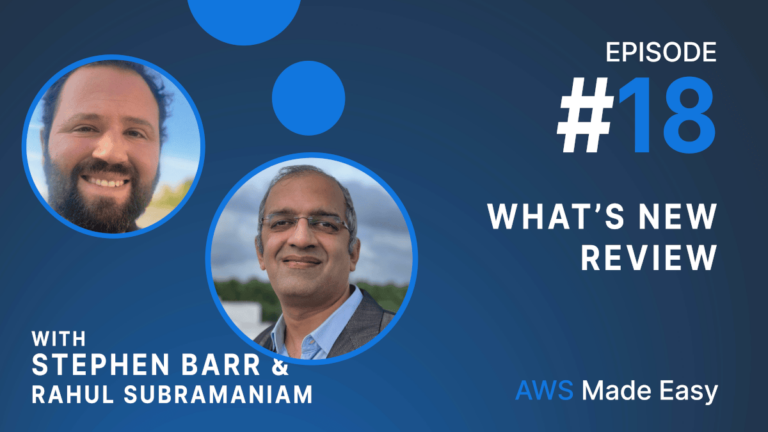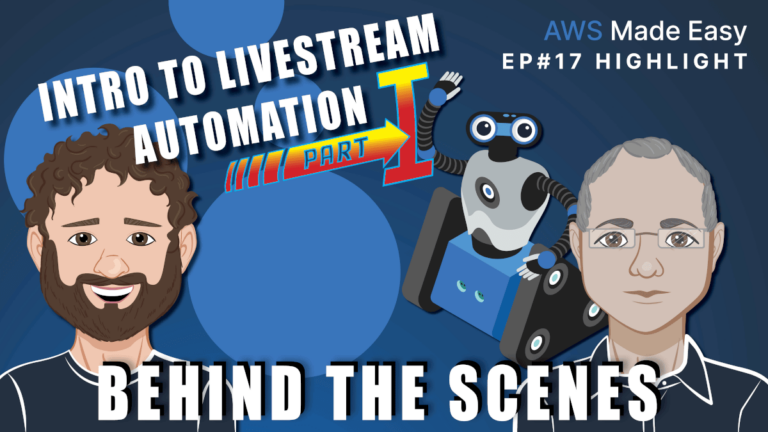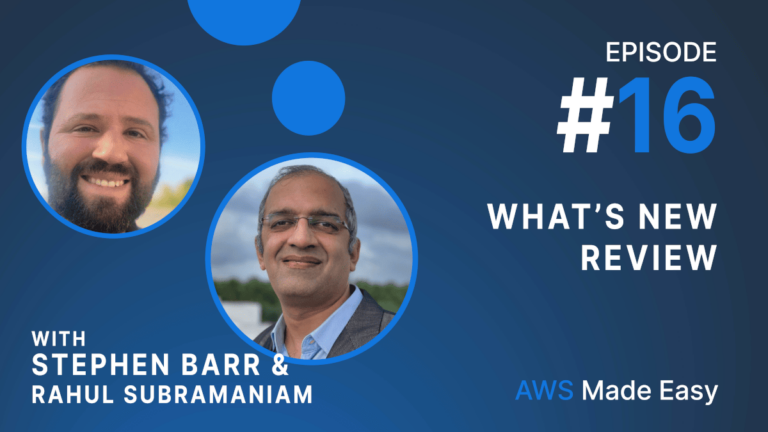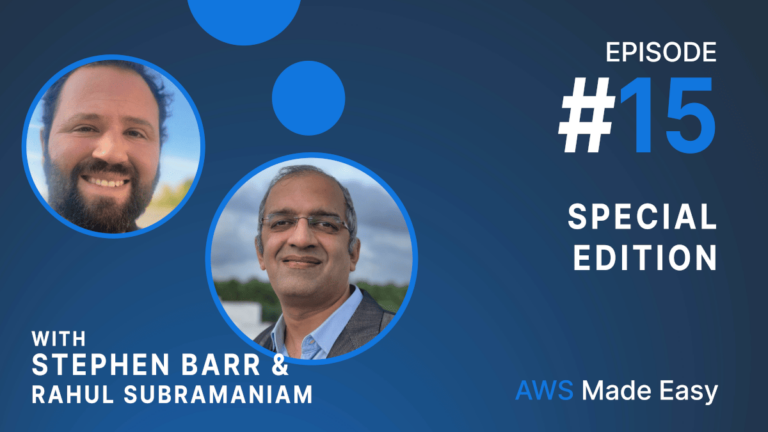Yeah, but before we jump on that, I think there’s another way I look at this. There are basically 3 dimensions
of where things are changing, right? Number one, AWS is constantly coming up with a whole lot of new services
that make some of the older services or resources, they make them look more expensive because that’s the AWS
mechanism. So back in the day, if you were an early adopter of AWS services, what AWS will do is year over year
or literally every quarter they would reduce the prices of their existing resources and you could basically stay
on the same result and it just keeps getting cheaper. You’re over here. They stopped doing that about seven or
eight years ago and instead they started creating these new services. Okay, so for our new resource types. Very
recently, for example, AWS released a new EBS volume type called GP3, that made the older de facto GP2 volume
kind of look worse because the new GP3 volumes were more performant and 20% cheaper than the GP2. But AWS
doesn’t switch them all for you. You can you have to do that and you have to give you guidance on how to do it,
but they don’t switch these resources for you. So when there are these new sets of services or new resources
that are being created by AWS and if you’ve been a user for all AWS services for a while, there’s a bunch of
savings in moving to the latest and greatest versions of those resources because they are almost always going to
cheaper and more performance. So if you actually look at the price performance of the newest resource types,
they blow all the old ones out of the park. So you want to kind of get there. So, for customers who’ve been on
AWS for a while, there are tons of savings on that dimension. The second one is where there are customers who
have, they are constantly working on a lot of development activities. They’re moving in new workloads into AWS
when you’re constantly moving new stuff into AWS, things aren’t optimized at the get-go. So there’s a lot of
clean-up. There’s a lot of optimization that can happen and does happen over a period of time right after the
movement into AWS has happened. And that’s the second dimension where a lot of the savings come in. So folks are
just moving in after they’ve done lifting shifts after they’ve done your basic movement into AWS, you go into
optimization. That’s the second dimension. The third one is that tools like CloudFix are constantly adding new
fixes from the recommendations that come from AWS. In which case there are new kinds of resources, there are new
kinds of insights that they go and seek and are therefore able to realize a lot of savings just because of the
new recommendations, new tools like Badri said, they’re a lot of tools that AWS creates for you to save money.
S3 intelligent tiering is a perfect example of that where they’ve done all the heavy lifting to figure out how
what the age of your objects in S3 storage is and all you have to do is turn it on. If you turn it on, your cost
of storage of objects in S3 could be as low as 90% plus right. If you go to a deep archive, of course, you have
latency penalties in those cases but there are scenarios where there are too infrequent access layers where
there are absolutely no latency penalties on it and it could still be 60% cheaper to move to that infrequent
access to. So AWS does a lot of the heavy lifting for you and you need tools to be able to just enable those for
your account, your resources and those like CloudFix do that and as we get more insights we just automate that
for you. So that’s the third dimension. So depending on where you are leveraging, you know AWS across these
three dimensions, the cost savings are different and the mechanics of getting those savings are also different.




